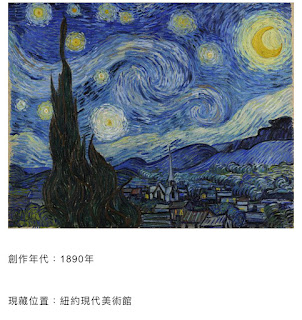南禪朋友好!
禪宗問答2
Questions and answers on Chan2
在看繪畫、筆墨的時候,個人了解到每一次下筆作者手的穩定度至關緊要,每一筆不知道要練了多久,還有他背後的思想跟努力⋯⋯
禪宗公案短而有力,當然也伴隨背後的思想!
下面是我個人的看法,如讀者看到有人解釋;看到水中的倒影是『天人合一』的意思,
那就代表這個解讀者有儒家的想法!
當解讀者說;看到水中的倒影,想要發明玻璃、鏡頭,這個人是科學家(可以參照明代王陽明先生的看花)
In
painting and drawing, it’s imperative for each stroke to be
executed with a
steady hand. Each stroke has to be honed to
perfection with
lots of practice; and we mustn’t forget the critical
background factors of
effort and artistic conception.
A Chan gongan
is both pithy and powerful; and, of course, its
meaning is also dependent on
certain background concepts.
Now, as I see it, if somebody explains the
inverted image as “the
unity of heaven and earth,” then he must surely be a
Confucian!
And if somebody says that the inverted image
reminds him of the
invention of glass and the optical lens, then he must surely
be a
scientist. (compare how the Ming dynasty scholar Wang Yangming
contemplated
a flower.)
體認水中的倒影體會到「無為」,這人是老莊學者。
stroke has to be honed to perfection with
lots of practice; and we
mustn’t forget the critical background factors of
effort and artistic
conception.
A Chan gongan
is both pithy and powerful; and, of course, its
meaning is also dependent on
certain background concepts.
Now, as I see it, if somebody explains the
inverted image as “the
unity of heaven and earth,” then he must surely be a
Confucian!
And if somebody says that the inverted image
reminds him of the
invention of glass and the optical lens, then he must surely
be a
scientist. (compare how the Ming dynasty scholar Wang Yangming
contemplated
a flower.)
體認水中的倒影體會到「無為」,這人是老莊學者。
想要解讀水中的倒影是佛法『本來面目』也可以看看《阿毘達
摩》中論師們的討論。
我個人修空法所以就參考《中觀論》
提供參考。
If for someone else the inverted image is
interpreted as “non-action,”
then he must surely be a Daoist.
For a Buddhist, the inverted image is one’s
original face; it’s also
worthwhile considering how this is interpreted in the
Abhidharma.
My own practice is based on the cultivation
of emptiness as
expounded in the Mūlamadhyamakakārikā.
讀者或許會想各個公案禪師的想法呢?
我個人絕不用第一人稱去解讀禪師的證悟,只因開悟的心路歷
程只有禪師們自己最清楚,
旁人去解讀可能都是畫蛇添足的。
禪師說:君心若似我,還得到其中。
問題是;沒有兩個同樣的我!
半寄
A reader might be reminded of any number of
Chan masters who
used the gongan
approach.
We shouldn’t interpret a Chan master’s
enlightenment based on our
own experience, for it is only the Chan master
himself who fully
understands his own mind and how it was awakened;
For others to attempt to do so is
superfluous.
The Chan master says: When your mind is
like mine, then you’ll get
what’s in it.
But here’s the rub: The Chan master is one
of a kind!
Master Ban Ji
Translated by Ken Kraynak


.JPG)

